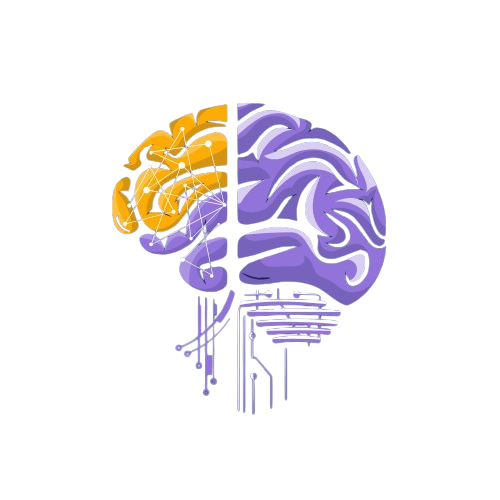In our previous article, we laid the foundation by defining the vocabulary of nature-inspired innovation. Having established what biomimicry is, we now ask: Where did these ideas come from, and how do we actually put them into practice? This article answers those questions. We begin with a journey through the history of the field, uncovering its ancient origins and celebrating the classic inventions, from Leonardo da Vinci’s flying machines to the creation of Velcro. Then, we will equip you with “The Innovator’s Toolkit”—a practical guide to the biomimetic design process, including the step-by-step Design Spiral and the three levels of emulation that guide today’s leading innovators.
Part II: A Legacy of Learning: The History of Biomimicry
While the formal language of biomimetics is a product of the 20th century, the human impulse to learn from nature is as old as civilization itself. The history of the field is a story of this ancient intuition gradually converging with scientific understanding and technological capability, culminating in the modern movement that seeks to realign human innovation with the wisdom of the natural world.
2.1 Ancient Roots and Renaissance Visions

The earliest traces of nature-inspired design can be found in ancient history. In China, the legendary carpenter and inventor Lu Ban (c. 507–444 BCE) is credited with inventing the saw after being inspired by the serrated edge of a plant stem and the umbrella after observing the function of a large lily leaf [2]. In ancient Greece, philosophers like Democritus contemplated the concept of mimesis, suggesting that human technologies were imitations of nature—for example, that weaving was inspired by spiders’ webs [1]. His contemporary, Aristotle, laid the groundwork for biomechanics with his treatise De Motu Animalium (On the Movement of Animals), the first systematic study of the mechanical principles governing animal locomotion. [1].
For many, however, the story of modern biomimicry truly begins with the Florentine polymath Leonardo da Vinci (1452–1519) [2]. A meticulous observer of the natural world, da Vinci filled notebooks with detailed anatomical studies of birds in flight. These observations directly informed his famous sketches of “ornithopters”—proposed flying machines that mimicked avian anatomy [3]. Though he never built a successful flying machine, his rigorous process of observation, sketching, and mechanical translation stands as a profound early example of the biomimetic design process and later inspired aviation pioneers, including the Wright brothers [2].
2.2 The Industrial Age and the Coining of a Discipline
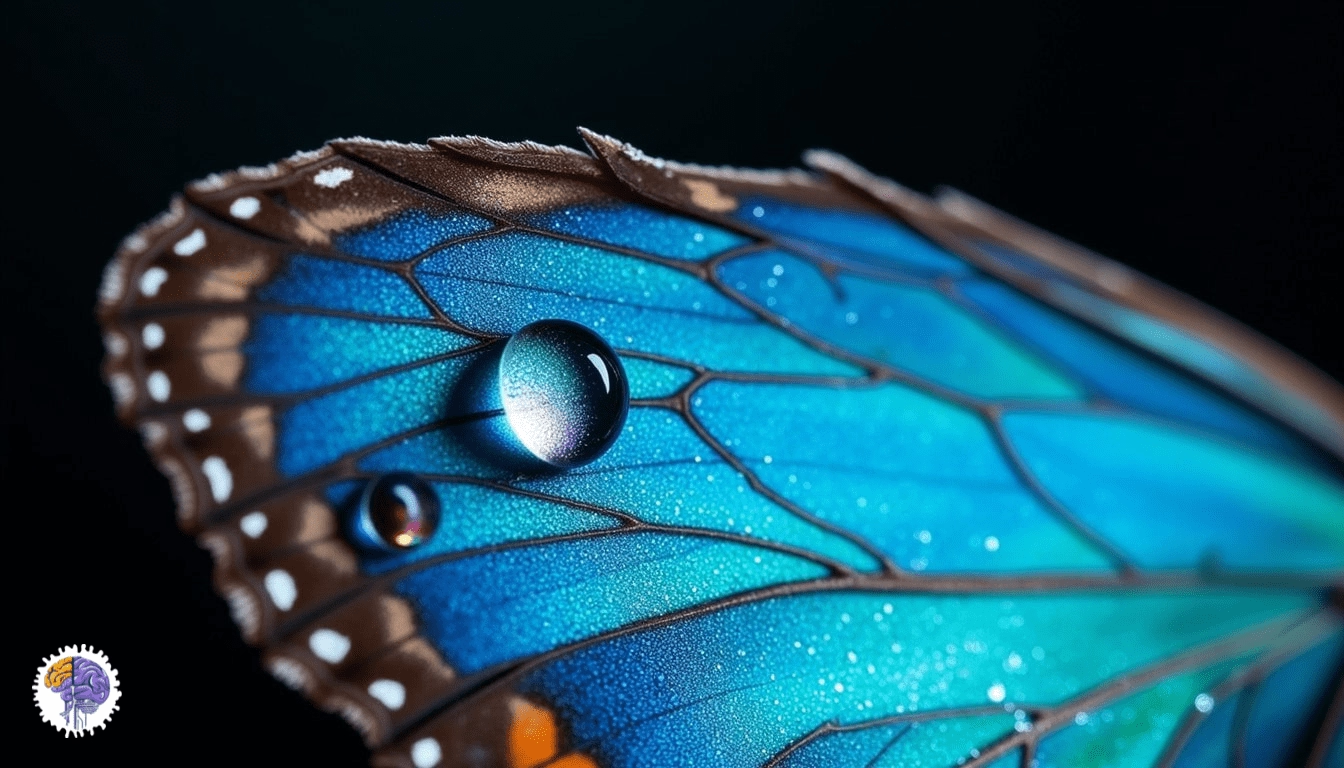
As science and industry advanced, so too did the application of biological principles to engineering. During the Industrial Revolution, the design of the Eiffel Tower (1889) was informed by the work of anatomist Hermann von Meyer, who had studied the internal structure of the human femur. The bone’s intricate network of trabeculae allows it to withstand significant stress while remaining lightweight. The tower’s designers mimicked this principle, creating an iconic structure that is both strong and remarkably light for its size [1].
The 20th century saw the emergence of formal terminology and classic inventions. In 1941, Swiss engineer George de Mistral took a walk with his dog and returned with both covered in cockleburs. Observing the burrs under a microscope, he discovered their tenacity came from hundreds of tiny hooks that latched onto loops in fabric and fur [4]. This “biology to design” insight led to his invention of the hook-and-loop fastener we know as Velcro, one of the most famous examples of biomimicry [4].
The field was formally named in the 1950s when Otto Schmitt coined the term “biomimetics” to describe his work on a circuit that mimicked the electrical behavior of a squid’s nerve cells [3]. Shortly after, in 1958, Jack E. Steele coined the term “bionics” while working for the U.S. Air Force, forever linking the field to aerospace and robotics [3].
2.3 The Modern Renaissance: Sustainability and the Information Age
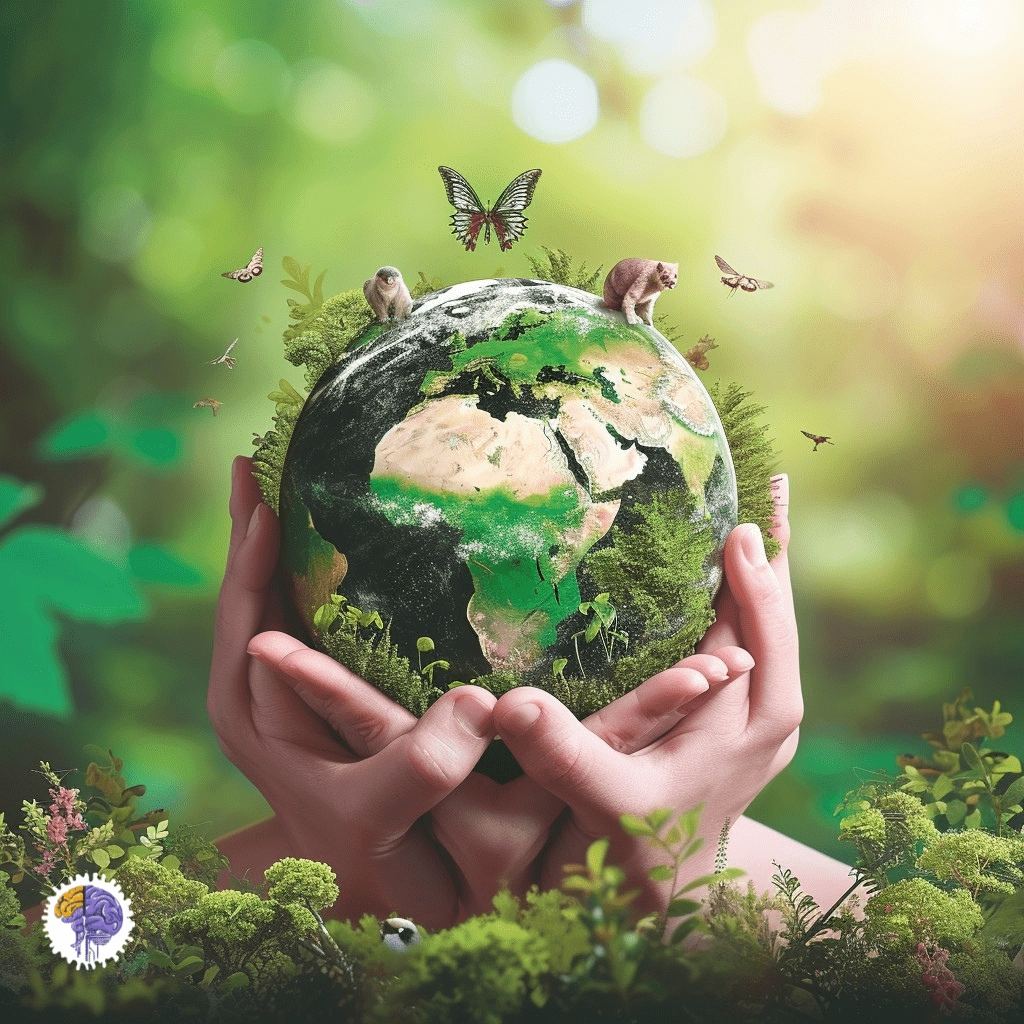
The late 20th and early 21st centuries witnessed what has been described as a “Cambrian Explosion” of biomimicry, a rapid diversification and expansion of the field [2]. This modern renaissance was ignited by a powerful dual-catalyst: the maturation of technologies that allowed us to see and replicate nature at unprecedented scales, and the rise of a global environmental consciousness that created an urgent ideological need for sustainable solutions.
For centuries, innovators like da Vinci were limited to what they could observe with the naked eye. The development of advanced microscopy and, more recently, nanotechnology, changed everything [5]. Scientists could finally see the intricate nano-structures on a lotus leaf that made it self-cleaning and the hierarchical array of setae on a gecko’s foot that allowed it to defy gravity [5]. This new technological capability to understand and manufacture at the micro and nano levels meant that the ambition of biomimicry could finally be matched by human capability.
This technological leap coincided with a profound ideological shift. As awareness of climate change, resource depletion, and biodiversity loss grew, the world began searching for new models of development. Into this context stepped Janine Benyus. Her 1997 book, Biomimicry: Innovation Inspired by Nature, did more than just popularize a term; it infused the field with a compelling mission [6]. By framing biomimicry as a pathway to sustainability, Benyus transformed it from a niche scientific method into a global movement [7]. The subsequent founding of influential organizations like Biomimicry 3.8 (co-founded by Benyus and Dr. Dayna Baumeister in 1998) and the Biomimicry Institute (2006), along with the creation of invaluable digital resources like the AskNature database (2007), provided the institutional framework needed to educate a new generation of designers, engineers, and innovators [2]. The history of biomimicry is thus a story of ancient wisdom finally being unlocked by modern tools, with the urgency of the climate crisis providing the powerful “why” for its application.
Part III: The Innovator's Toolkit: The Biomimetic Design Process
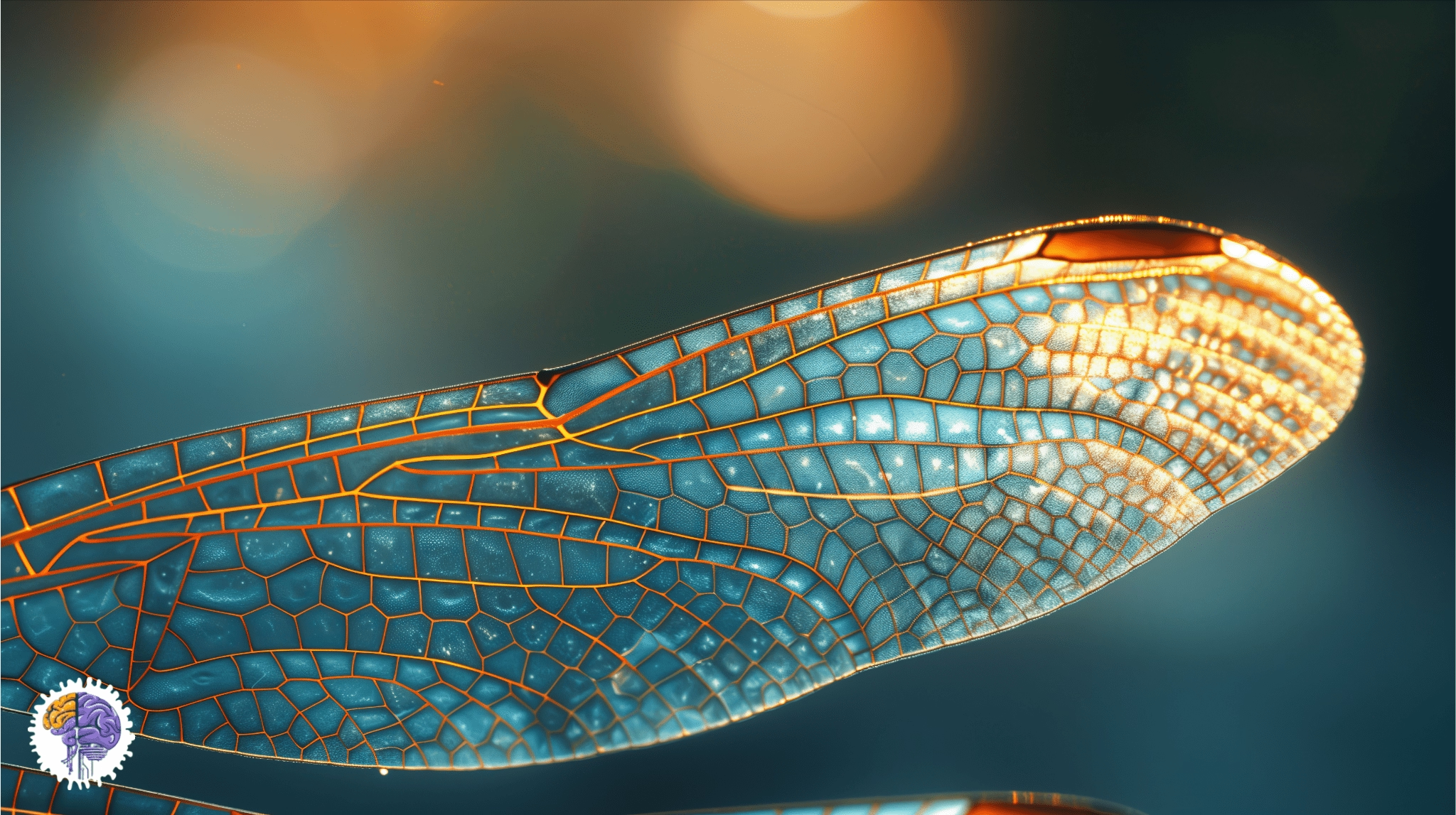
Biomimicry is not a process of random “eureka” moments or haphazard inspiration. It is a structured, repeatable discipline with established methodologies designed to translate biological intelligence into human innovation. These frameworks are more than just procedural steps; they are cognitive tools deliberately designed to shift an innovator’s mindset from a conventional, human-centric, and often extractive perspective to a life-centric, interconnected, and regenerative one.
3.1 The Core Philosophy: Nature as Model, Measure, and Mentor
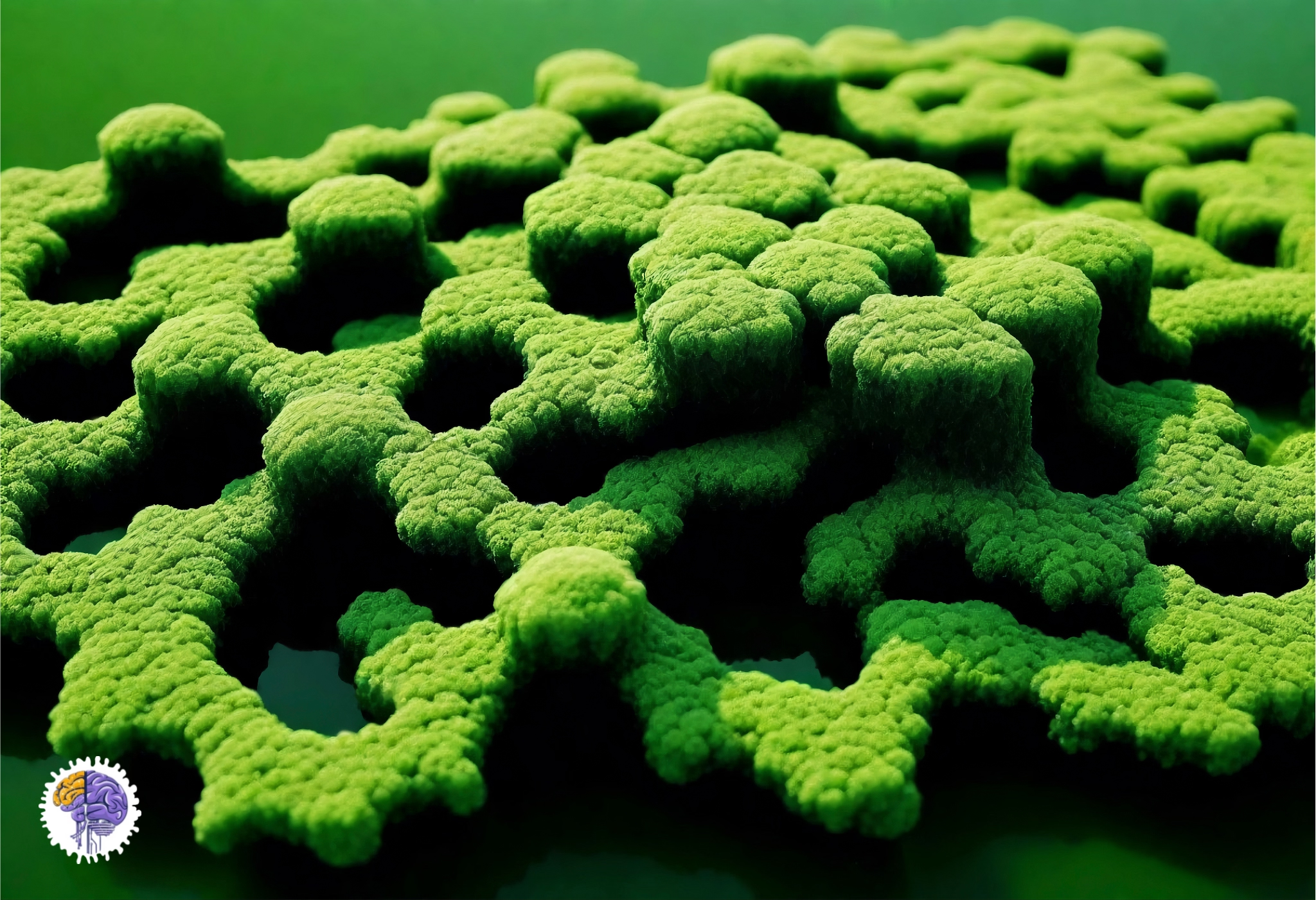
The biomimicry ethos, as articulated by Janine Benyus, is built on three essential elements that guide the entire design process [6] :
Nature as Model
This is the most direct application, where designers look to nature’s forms, processes, and systems as blueprints for innovation. It involves studying a biological strategy and emulating it to solve a human problem.Nature as Measure
This element introduces an ethical and performance benchmark. Biomimicry uses nature’s principles of success—such as resource efficiency, reliance on life-friendly chemistry, and adaptation to changing conditions—as the standard against which the sustainability of a design is measured. These are often codified in frameworks like “Life’s Principles” [8].Nature as Mentor
This represents the most profound philosophical shift. It asks us to change our relationship with the natural world, moving from viewing it as a warehouse of resources to be exploited to seeing it as a teacher to be respected and learned from. This is the essence of the “(Re)Connect” principle, which encourages practitioners to spend time in nature to foster a deeper understanding and appreciation of life’s interconnected systems [8].
3.2 Two Paths to Discovery: Problem-Driven vs. Solution-Driven
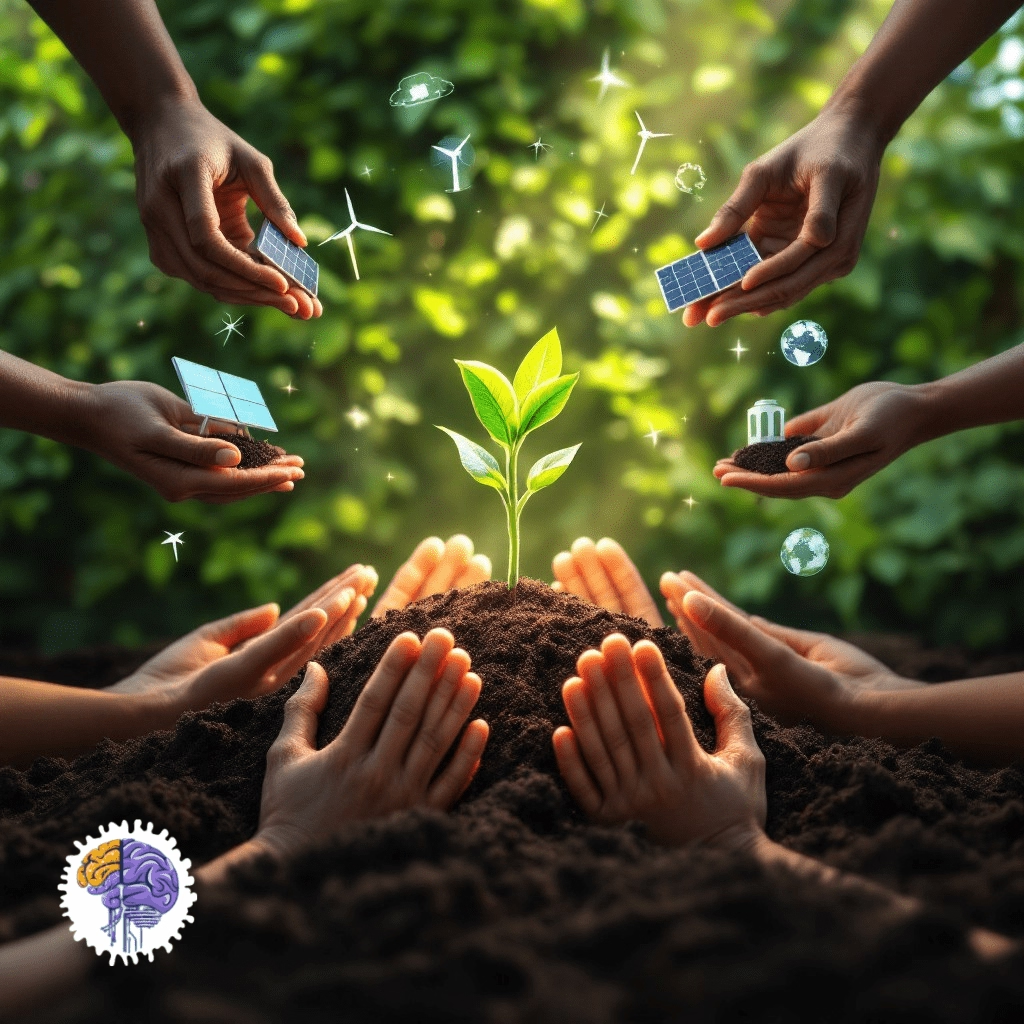
In practice, biomimetic innovation typically follows one of two primary pathways [9]:
Challenge to Biology (Top-Down Approach)
This is the most common and problem-driven method [10]. It begins with a well-defined human challenge (e.g., “How can we create an adhesive that works on wet surfaces?”). The designer then “biologizes” the question, reframing it in functional terms: “How does nature adhere in wet environments?” [8]. This query leads the innovator to discover natural models, such as the mussel, which produces powerful underwater adhesives. This approach is highly effective for solving specific engineering problems.Biology to Design (Bottom-Up Approach)
This solution-driven path starts with an inspiring biological discovery, often emerging from fundamental scientific research [10]. A biologist might discover a fascinating new mechanism (e.g., “The Namibian desert beetle can harvest water from fog on its back”). Innovators then explore how this natural strategy could be applied to solve human problems, which could lead to the development of new technologies for water collection in arid regions [11]. This approach is often a source of disruptive, breakthrough innovations.
3.3 The Biomimicry Design Spiral: A Step-by-Step Methodology

To provide a structured framework for the “Challenge to Biology” approach, the Biomimicry Institute developed the Biomimicry Design Spiral, an iterative, six-step process that guides innovators from problem to solution [8].
Define
The process begins by clearly articulating the design challenge, including the desired impact and the criteria and constraints that will define a successful solution [8].Biologize
This is a critical translation step. The team analyzes the essential functions the design must perform and reframes them in biological terms. For example, “improving data compression” could be biologized to “How does nature store and retrieve information efficiently?” [8]. This reframing opens the door to a vast library of natural solutions.Discover
With a biological question in hand, the team searches for natural models—organisms and ecosystems—that address the same functions. This discovery phase leverages biological research, databases like AskNature, and collaboration with biologists [8].Abstract
Once a biological strategy is identified, its essential features and mechanisms are distilled into design principles, stripped of biological jargon. This abstraction makes the strategy accessible to engineers, designers, and other non-biologists [8].Emulate
The team brainstorms and develops design concepts based on the abstracted principles, looking for patterns and key lessons from the natural models to inform the solution [8].Evaluate
Finally, the proposed design is assessed against the initial challenge criteria. Crucially, it is also evaluated against nature’s standards of sustainability (Life’s Principles) to ensure the solution is not just effective but also life-friendly and regenerative [8]. The process is a spiral because each step often reveals new information that requires revisiting earlier steps.
3.4 Three Levels of Emulation: From Organism to Ecosystem
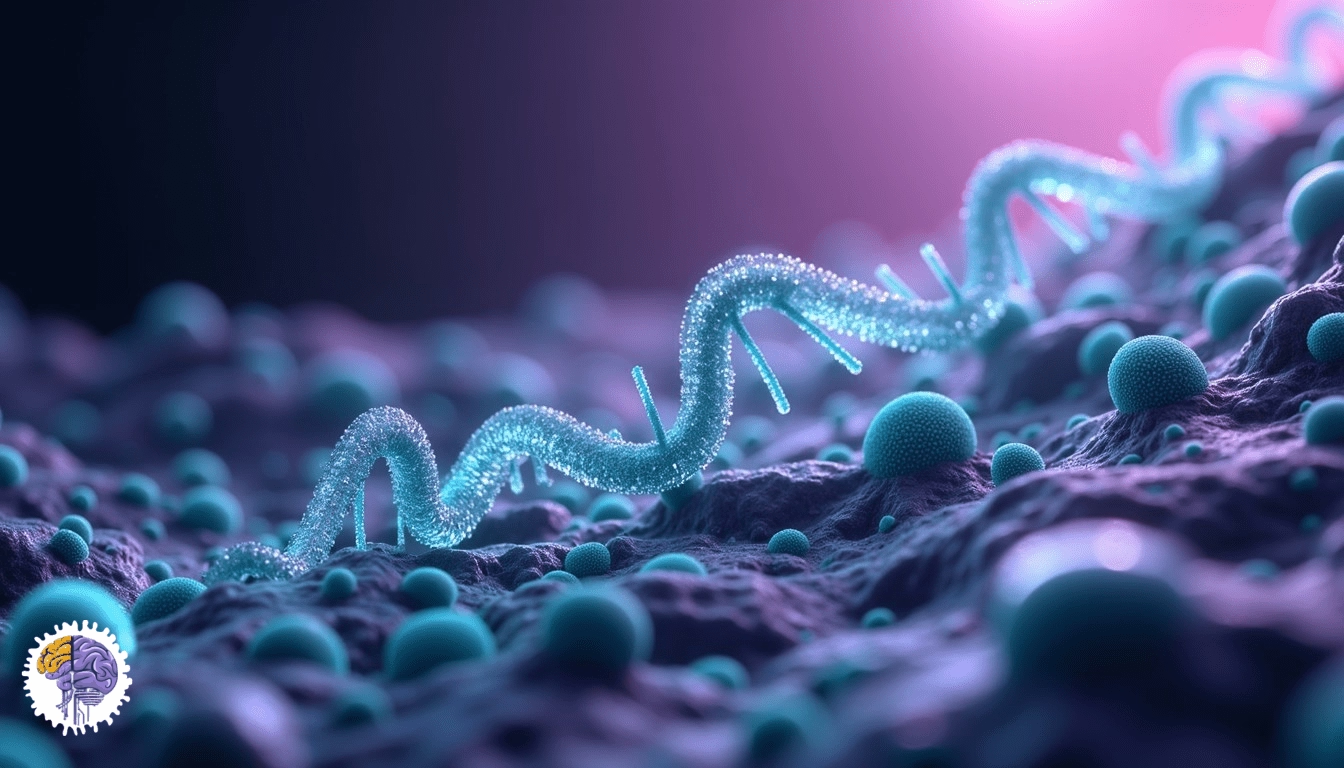
Biomimetic design can be applied at three distinct levels of complexity, each offering different opportunities for innovation [12].
Organism Level
This involves mimicking a specific organism or one of its parts. This can be a mimicry of form (e.g., the Lotus Temple in New Delhi, shaped like a lotus flower) or a mimicry of a specific functional component (e.g., The Gherkin skyscraper in London, whose structural diagrid was inspired by the lattice-like exoskeleton of the Venus Flower Basket sponge to achieve strength and stability with less material) [12].
Behavior Level
This level goes beyond form to emulate how an organism behaves or interacts with its environment. The most famous example is the Eastgate Centre in Harare, Zimbabwe, which does not look like a termite mound but mimics the behavior of termites by using a passive ventilation system to maintain a stable internal temperature, just as the insects do in their mounds [12].
Ecosystem Level
This is the deepest and most ambitious level of biomimicry. It involves mimicking the principles, functions, and cyclical flows of an entire ecosystem. The goal is not just to create a single efficient product but to design systems—like buildings, industrial parks, or even cities—that function like a mature ecosystem, creating a circular economy where waste from one process becomes food for another, energy is sourced locally, and the overall system enhances the health and resilience of its environment [12]. The visionary Lloyd Crossing Project in Portland, Oregon, which aims to restore the ecological functions of a pre-development forest at a district scale, is a prime example of this approach [12].
These structured methodologies demonstrate that biomimicry is a rigorous process. Steps like “Biologize” and the requirement to evaluate against “Life’s Principles” are not part of a standard engineering curriculum. They are deliberate interventions designed to break the habit of purely technical, anthropocentric problem-solving and to embed an ecological value system directly into the act of creation. This makes the process uniquely powerful but also presents challenges when integrating it into traditional, bottom-line-focused industries.
Conclusion
The journey from Lu Ban’s saw to the ecosystem-level design of the Lloyd Crossing Project reveals a profound evolution in human thought. Biomimicry has matured from sporadic moments of inspiration into a rigorous and indispensable discipline for the 21st century. As we have seen, its power lies not just in its historical legacy but in its structured and actionable frameworks—from the core philosophy of “Nature as Model, Measure, and Mentor” to the iterative steps of the Design Spiral. By providing a clear methodology to translate biological intelligence into human solutions, biomimicry offers more than just clever products; it presents a fundamental shift in our approach to creation. It calls on us to move beyond an extractive, human-centric worldview and to embed nature’s principles of efficiency, resilience, and sustainability into the very fabric of our innovation. Ultimately, the history and process of biomimicry converge on a single, urgent message: the blueprint for a thriving future has already been written, and it is all around us, waiting to be learned.
Clarifying the Concepts
1. What exactly is biomimicry?
Biomimicry is a discipline that learns from and emulates nature’s time-tested strategies to solve complex human problems. It’s more than just simple imitation; it’s a structured process that views nature as a “Model” for innovation, a “Measure” for sustainable design, and a “Mentor” to learn from. The core idea is that 3.8 billion years of evolution have produced highly efficient and sustainable solutions that we can adapt for our own use.
2. Is biomimicry a new idea?
No, the impulse to learn from nature is ancient, but the formal discipline is relatively new. Philosophers in ancient Greece, like Democritus, suggested human technologies were imitations of nature (e.g., weaving from spiders’ webs), and Leonardo da Vinci’s 15th-century studies of bird flight to design flying machines are a profound early example. However, the formal terminology like “biomimetics” and “bionics” was coined in the mid-20th century, and the modern movement linking it to sustainability gained momentum in the late 1990s.
3. What are some classic examples of biomimicry mentioned in the text?
Two famous examples are:
Velcro: In 1941, Swiss engineer George de Mestral was inspired after observing how cockleburs stuck to his dog’s fur. Under a microscope, he saw a system of tiny hooks and loops, which he replicated to invent the hook-and-loop fastener.
The Eiffel Tower: The design of the tower was informed by anatomist Hermann von Meyer’s study of the human femur. The bone’s internal lattice structure (trabeculae) is incredibly strong yet lightweight, a principle the tower’s designers mimicked to create a strong and material-efficient structure.
4. How do innovators actually practice biomimicry? Is there a set process?
Yes, it is a structured discipline, not just random inspiration. The text highlights two primary pathways:
Challenge to Biology (Top-Down): Starting with a human problem (e.g., “How to make a better adhesive?”) and then looking to nature for solutions (e.g., studying how mussels stick to rocks).
Biology to Design (Bottom-Up): Starting with a fascinating biological discovery and then exploring how it could be applied to human challenges.
The most structured method mentioned is the Biomimicry Design Spiral, a six-step process: Define, Biologize, Discover, Abstract, Emulate, and Evaluate.
5. Does biomimicry just involve copying the shape of an organism?
No. The text emphasizes that biomimetics is not merely about copying nature’s appearance (a concept called biomorphism), but about understanding how it works. It involves the scientific study of the function of biological mechanisms and processes to create solutions.
6. Why has biomimicry become so popular recently?
According to the text, the modern “Cambrian Explosion” of biomimicry is driven by two main factors:
Technological Advancement: Tools like advanced microscopy and nanotechnology now allow us to see and replicate nature’s solutions at the nano-scale, something innovators like da Vinci could only dream of.
The Rise of Sustainability: Growing awareness of climate change and resource depletion has created an urgent need for sustainable models of innovation. Janine Benyus’s 1997 book, Biomimicry: Innovation Inspired by Nature, was instrumental in framing biomimicry as a powerful pathway to a more sustainable future, transforming it into a global movement.
Reference
[1]. Biomimicry: quite a story! – Bioxegy, accessed on June 14, 2025, https://en.bioxegy.com/post/biomimicry-quite-a-story
[2]. The Complete History of Biomimicry (with Examples), accessed on June 14, 2025, https://www.learnbiomimicry.com/blog/history-of-biomimicry
[3]. Biomimetics: forecasting the future of science, engineering, and medicine – PMC, accessed on June 14, 2025, https://pmc.ncbi.nlm.nih.gov/articles/PMC4572716/
[4]. Biomimicry is Real World Inspiration – Carnegie Museum of Natural History, accessed on June 14, 2025, https://carnegiemnh.org/biomimicry-is-real-world-inspiration/
[5]. Biomimetics: forecasting the future of science, engineering, and medicine – PMC, accessed on June 14, 2025, https://pmc.ncbi.nlm.nih.gov/articles/PMC4572716/
[6]. Biomimetics – Wikipedia, accessed on June 14, 2025, https://en.wikipedia.org/wiki/Biomimetics
[7]. Biomimicry as a Sustainable Design Methodology—Introducing the ‘Biomimicry for Sustainability’ Framework – MDPI, accessed on June 14, 2025, https://www.mdpi.com/2313-7673/7/2/37
[8]. Biomimicry Design Principles – Sites at Lafayette, accessed on June 14, 2025, https://sites.lafayette.edu/biomimicry/2022/03/19/biomimicry-design-principles/
[9]. Biomimicry step-by-step – Ubiquity University, accessed on June 14, 2025, https://www.ubiquityuniversity.org/wp-content/uploads/2019/02/jbibn.16.00019.pdf
[10]. Biomimetics: process, tools and practice – Science Arts & Métiers (SAM), accessed on June 14, 2025, https://sam.ensam.eu/bitstream/10985/12297/3/LCPI-BB-Fayemi-2017.pdf
[11]. The Top 10 Real World Examples of Biomimicry in Architecture, accessed on June 14, 2025, https://www.learnbiomimicry.com/blog/top-10-biomimicry-examples-architecture
[12]. Biomimicry as an Approach to Sustainable Architecture – AWS, accessed on June 14, 2025, https://terra-docs.s3.us-east-2.amazonaws.com/IJHSR/Articles/volume6-issue1/IJHSR_2024_61_87.pdf
Discussion
Let’s talk!
The “Problem-Solving” Question Let’s try the “Challenge to Biology” approach mentioned in the article. Pick a common frustration—like a foggy bathroom mirror, a noisy fan, or a backpack that feels too heavy. How do you think nature might have already solved that problem? I’d love to hear your creative ideas!
